

There are four distinct species of whales that scientists have come up with to identify them. While there are plenty of subgroups and breakdowns within them, this gives us a basic framework for the process.
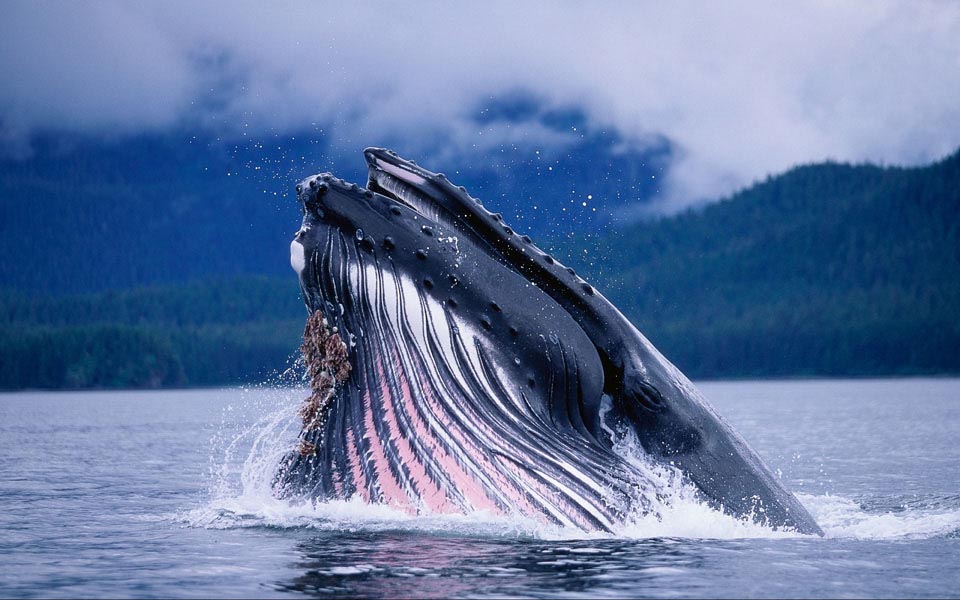
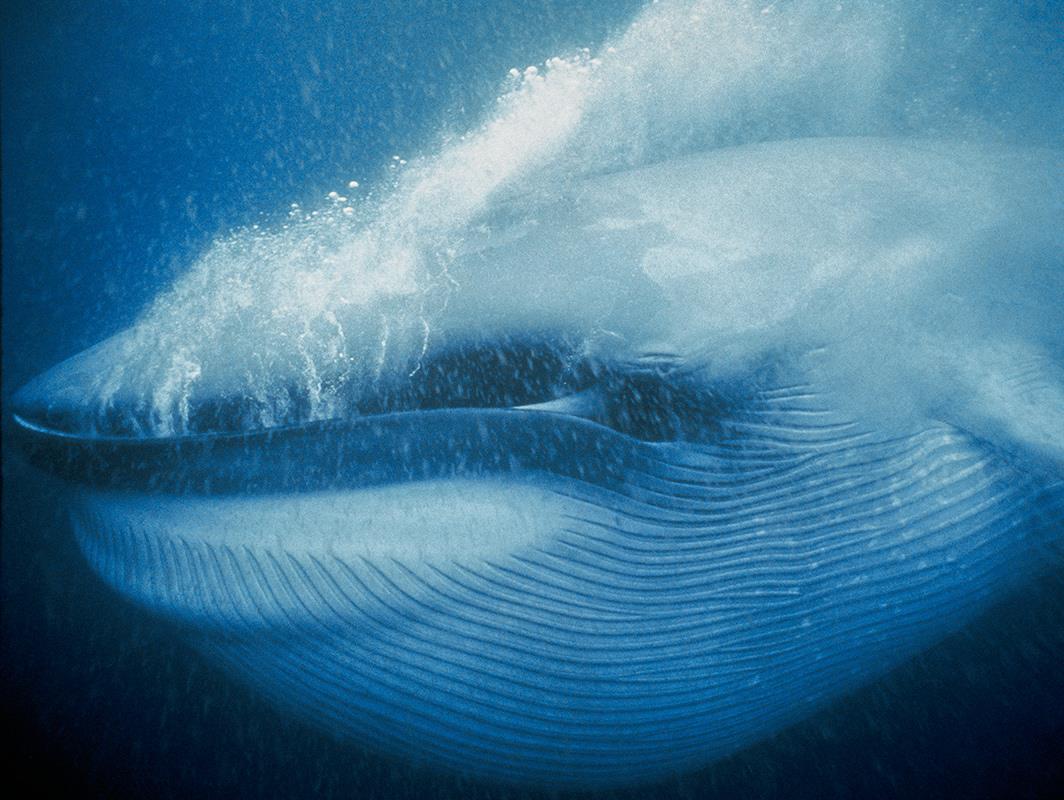
• Blue Whale
The Blue Whale belongs to the baleen category. Blue Whales are the largest animal on the planet that can measure up to 108 feet and weighing as much as 200 tons (approximately 33 elephants). The blue whale has a heart the size of a Volkswagen Beetle. Its stomach can hold one ton of krill and it needs to eat about four tons of krill each day. They are the loudest animals on Earth and are even louder than a jet engine. Their calls reach 188 decibels, while a jet reaches 140 decibels. Their low frequency whistle can be heard for hundreds of miles and is probably used to attract other blue whales.
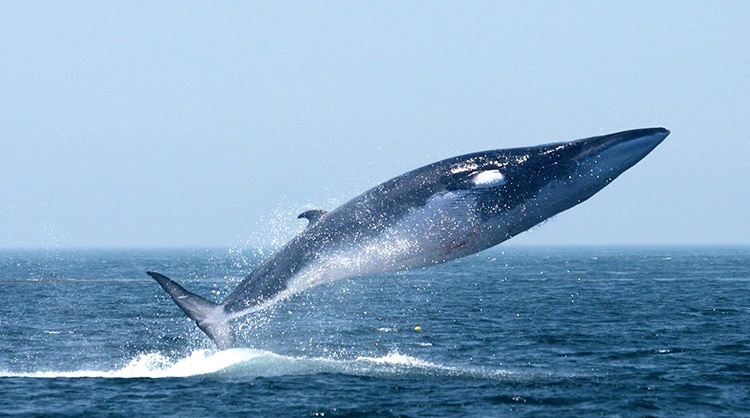
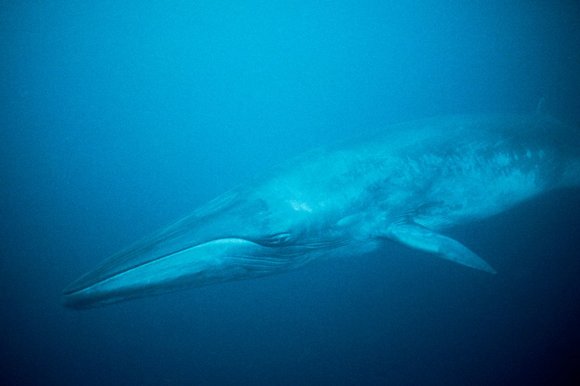
• Fin Whale
Next to the blue whale, the fin whale is the second largest mammal in the world, and that is no small accomplishment. They have a distinct ridge along their back behind the dorsal fin, which gives it the nickname "razorback. Fin whales have a very unusual feature: the lower right jaw is bright white and the lower left jaw is black. Some scientists have speculated that fin whales circle schools of fish with the white side facing the prey and frightening them into denser schools that are easier for the whale to catch. The fin whale, like other baleen whales, strains its food from the water through baleen plates.
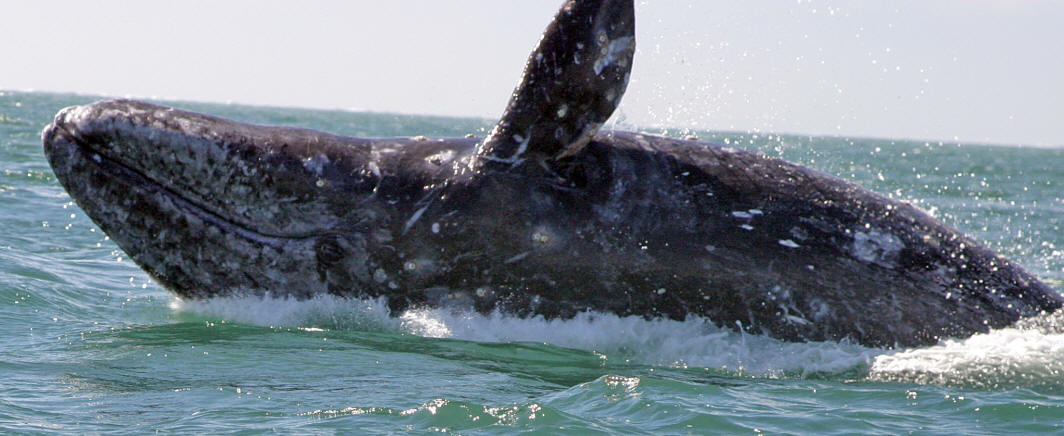
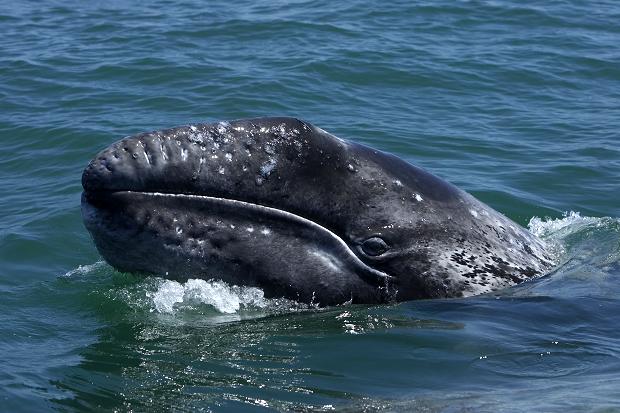
• Gray Whale
The Gray Whale is one that people seem to be able to identify when they are looking into the ocean. They have some characteristics that make them quite familiar in various ways.
Gray whales have a hump and a ridge of sharp bumps along their backs, instead of a dorsal fin. They are a type of baleen whale, which means they filter food from the water through special bristly structures in their mouths. Gray whales stay close to shore and feed in shallow water. Their well-known migrations take them between feeding and breeding areas, swimming as much as 12,000 miles round trip.
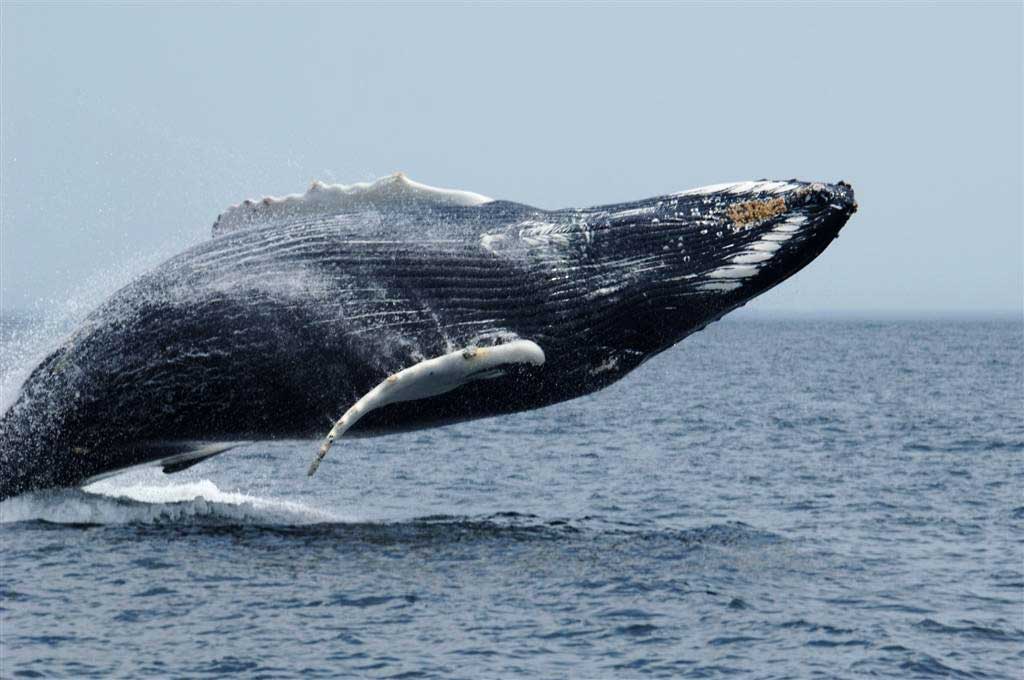
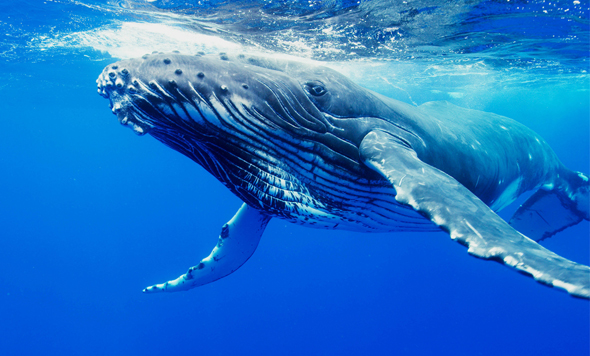
• Humpback Whale
The Humpback Whale is one of the most recognized of them all due to the hump over the dorsal fin. The humpback whale is also famous for its song. Male humpbacks produce a long series of calls that are normally heard during the winter breeding season. The whales may repeat the song for several hours. Click below to listen to sound made by a whale.
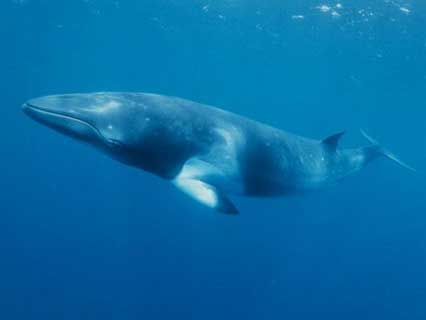
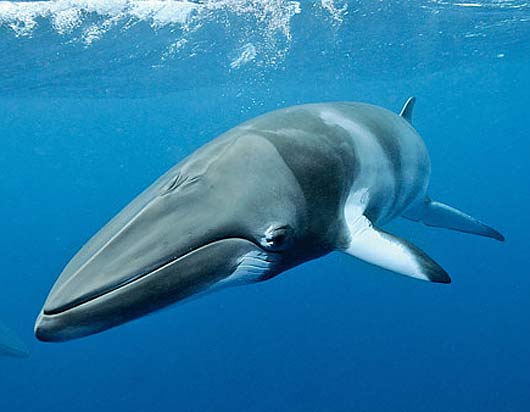
• Minke Whale
The smallest of the baleen category is the Minke Whale. They are not likely to be more than 30 feet long or to weigh more than 7 tons.

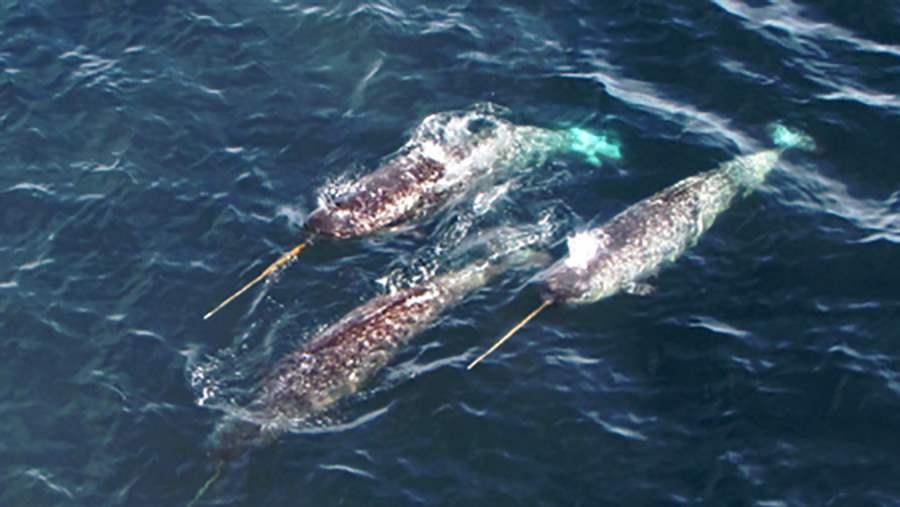
• Narwhal
One type of toothed whale is the Narwhal Whale. It fits in about the mid range when it comes to sizes of whales.
The narwhal looks like a cross between a whale and a unicorn with its long, spiraled tusk jutting from its head. Males most commonly have tusks, and some may even have two. The tusk, which can grow as long as 10 feet, is actually an enlarged tooth. Ongoing research by WWF collaborators indicates that the tusk has sensory capability, with up to 10 million nerve endings inside. The tusk may also play a role in the ways males exert dominance.
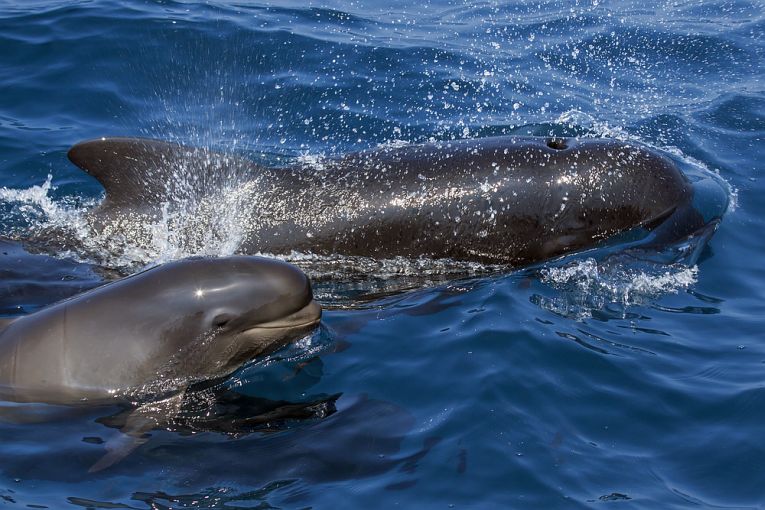
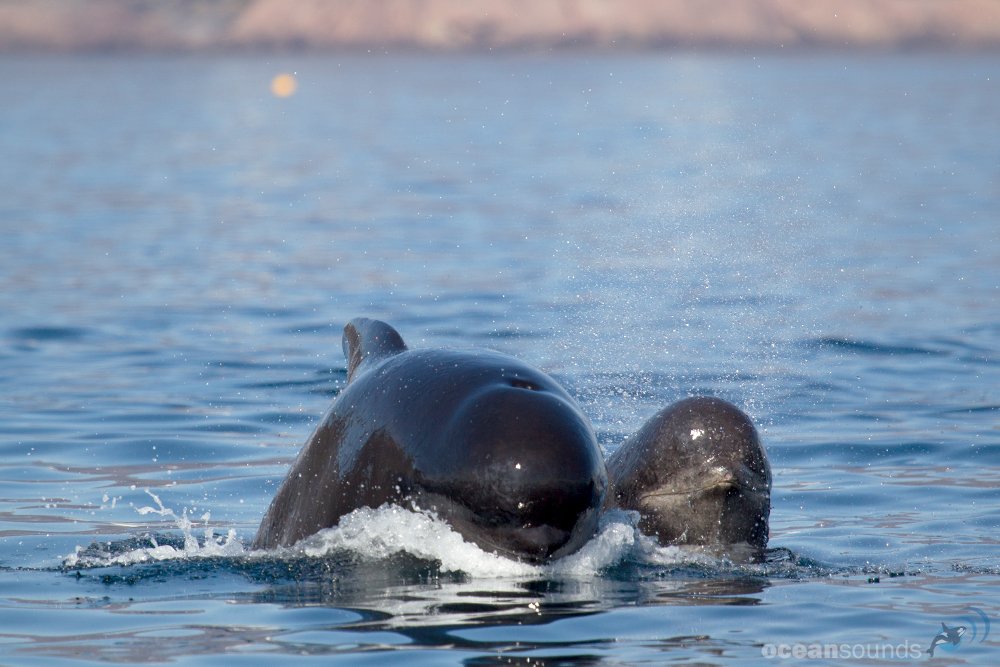
• Pilot Whale
Pilot Whales are dark black in color most of the time. Some of them are a dark gray. There are two species of the Pilot whale, but it is often very hard to tell them apart.
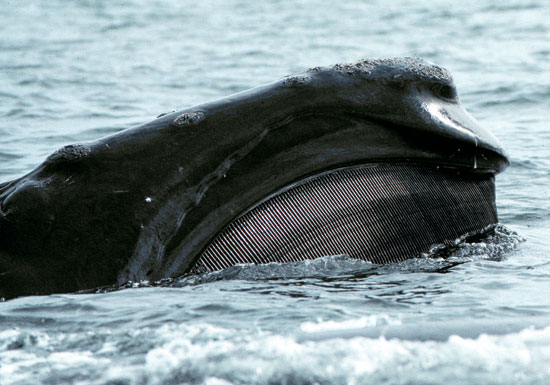
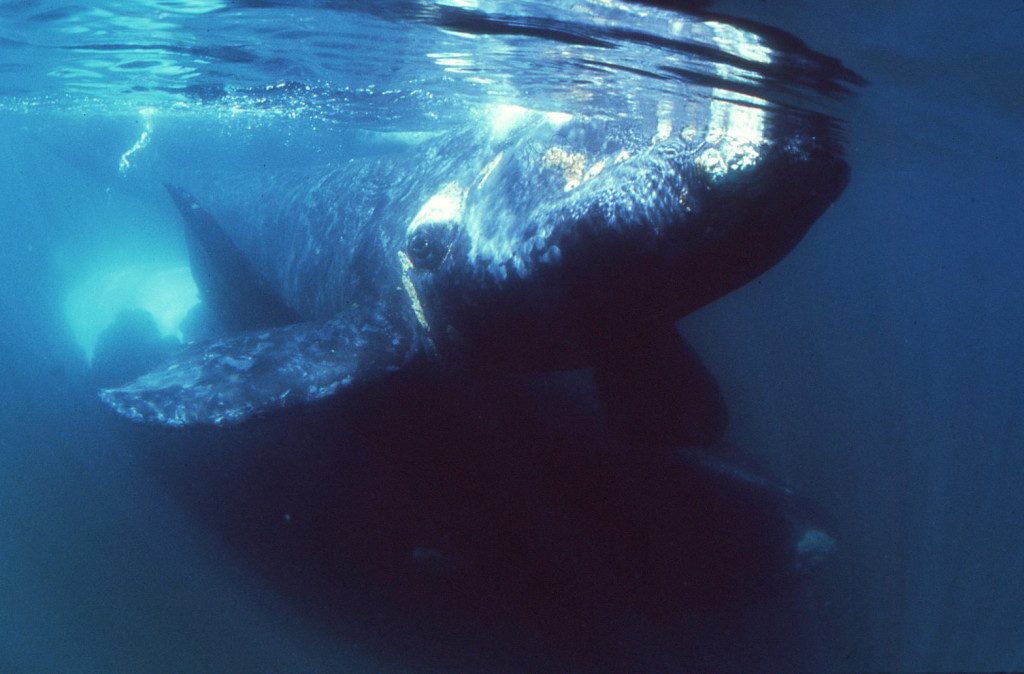
• Right Whale
The North Atlantic right whale can easily be identified by the white calluses on its head, which are very noticeable against the whale dark gray body. It has a broad back without a dorsal fin and a long arching mouth that begins above the eye. A baleen whale, it feeds by swimming through a swarm of plankton with its mouth open and the head slightly above the surface. Right whales are found more often in coastal waters, especially during the breeding season. They can weigh up to 100 tons as well as be up to 60 feet long.
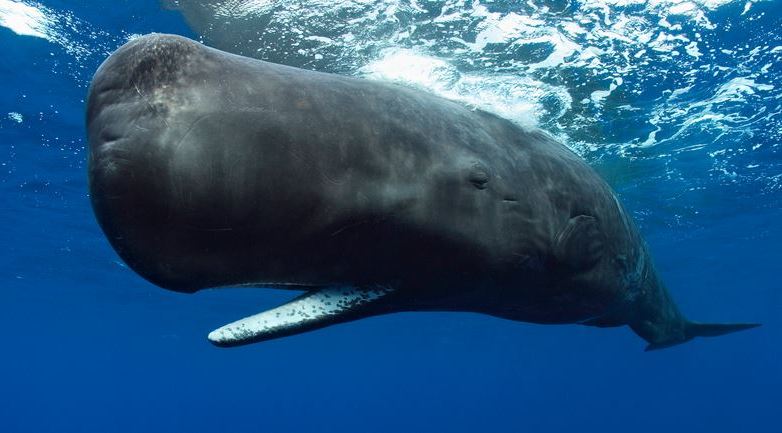
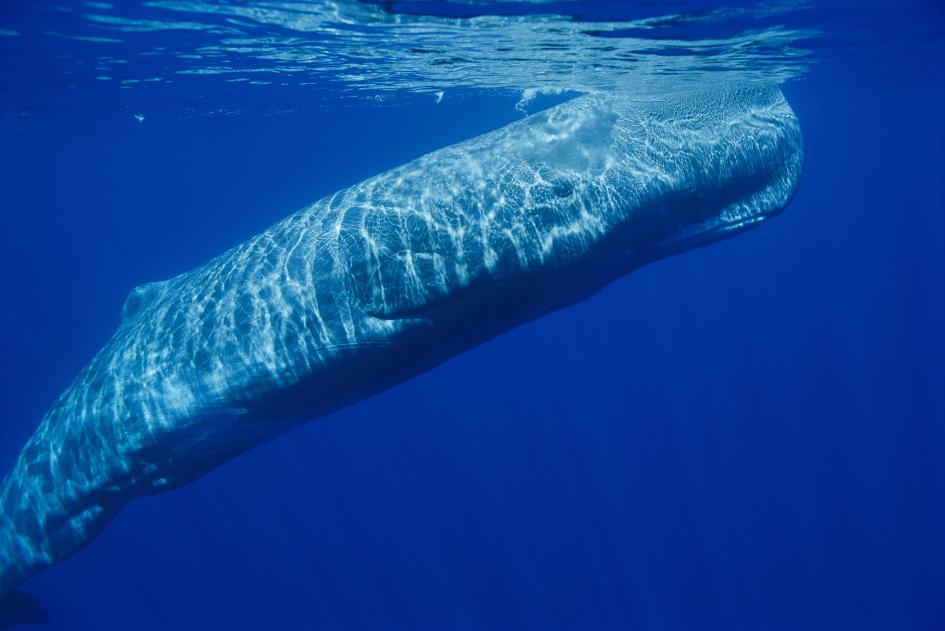
• Sperm Whale
The sperm whale generally lives out in the open sea, usually in marine waters deeper than 1,000 meters that are not covered by ice. They feed primarily on deep-water squid. The Sperm Whale is the largest of all toothed whales, and many people immediately think of the story of Moby Dick when they see one.
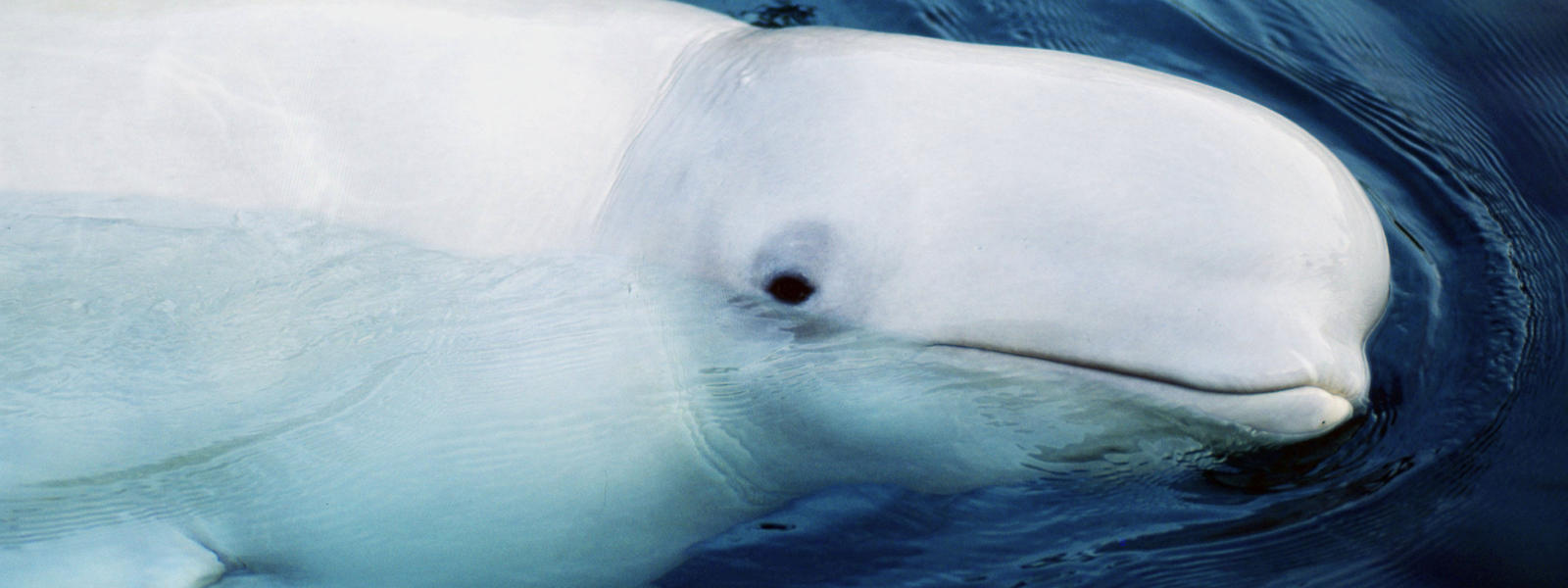

• Beluga Whale
The Beluga Whale offers a whitish color and you will notice it has a type of formation to the head that is sticking out somewhat. Belugas are extremely sociable mammals that live, hunt and migrate together in pods, ranging from a few individuals to hundreds of whales. Their bulbous forehead, called a "melon”, is flexible and capable of changing shape. This allows them to make different facial expressions. Belugas can produce a series of chirps, clicks, whistles and squeals, which give the beluga its other name, "the canary of the sea." They may sound like music or even nonsense to us, but to fellow belugas they convey important information. Belugas feed on a variety of fish species, such as salmon and herring, as well as shrimp, crabs and mollusks.
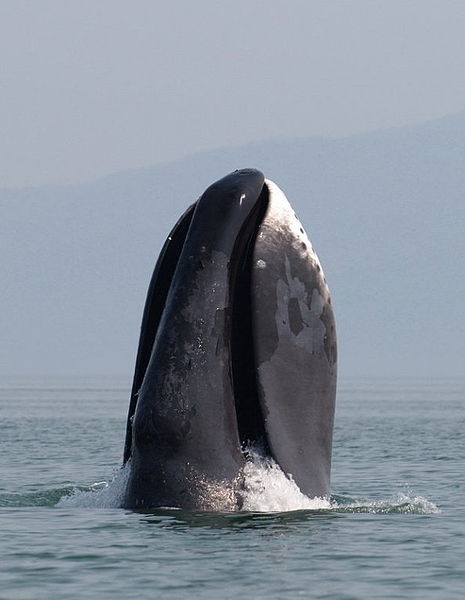
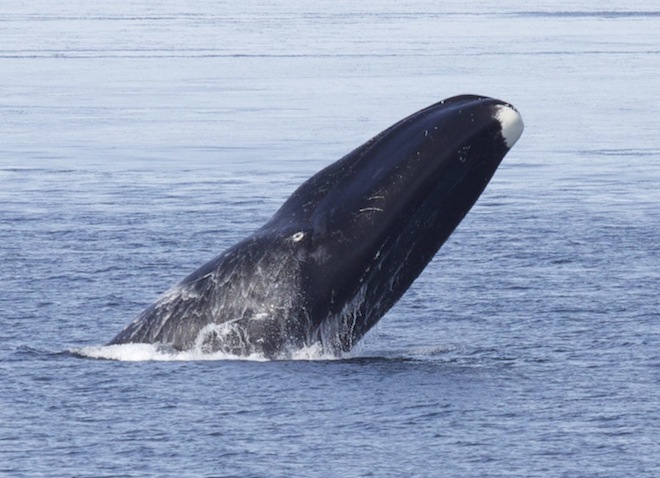
• Bowhead Whale
This predominantly Arctic species is associated with ice floes. Its movement patterns are therefore influenced by the melting and freezing of the ice.
Bowhead whales are capable of breaking through sea ice at least seven inches thick with their large skulls and powerful bodies.
Adult bowheads are entirely black except the front part of the lower jaw which is white and prominently upturned. They can grow up to 60 feet long while still being able to leap entirely out of water. Bowheads filter their food through baleen by opening their mouths and straining plankton from the surface, the water column, or the sea floor.
Based on the recovery of stone harpoon tips in their blubber, and from analysis of eye tissue, scientists believe that the bowhead whale can live over 200 years old, making it the longest-lived mammal on Earth,